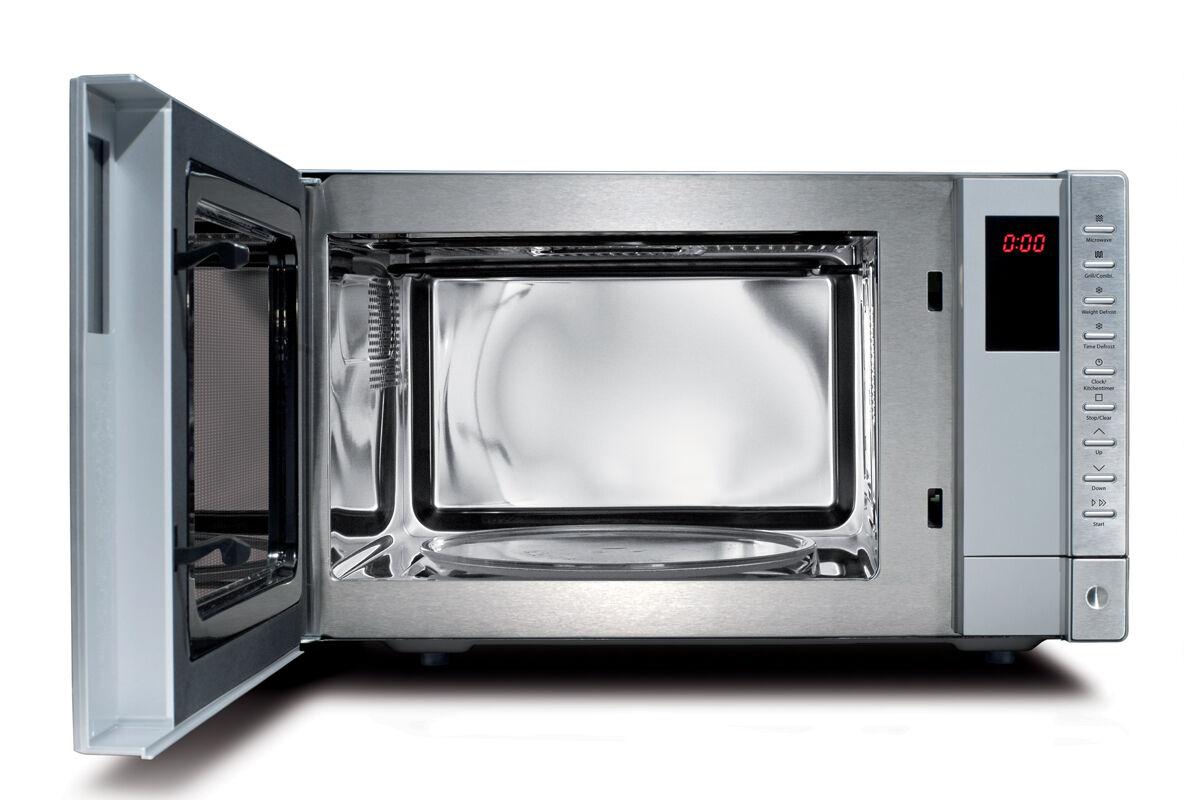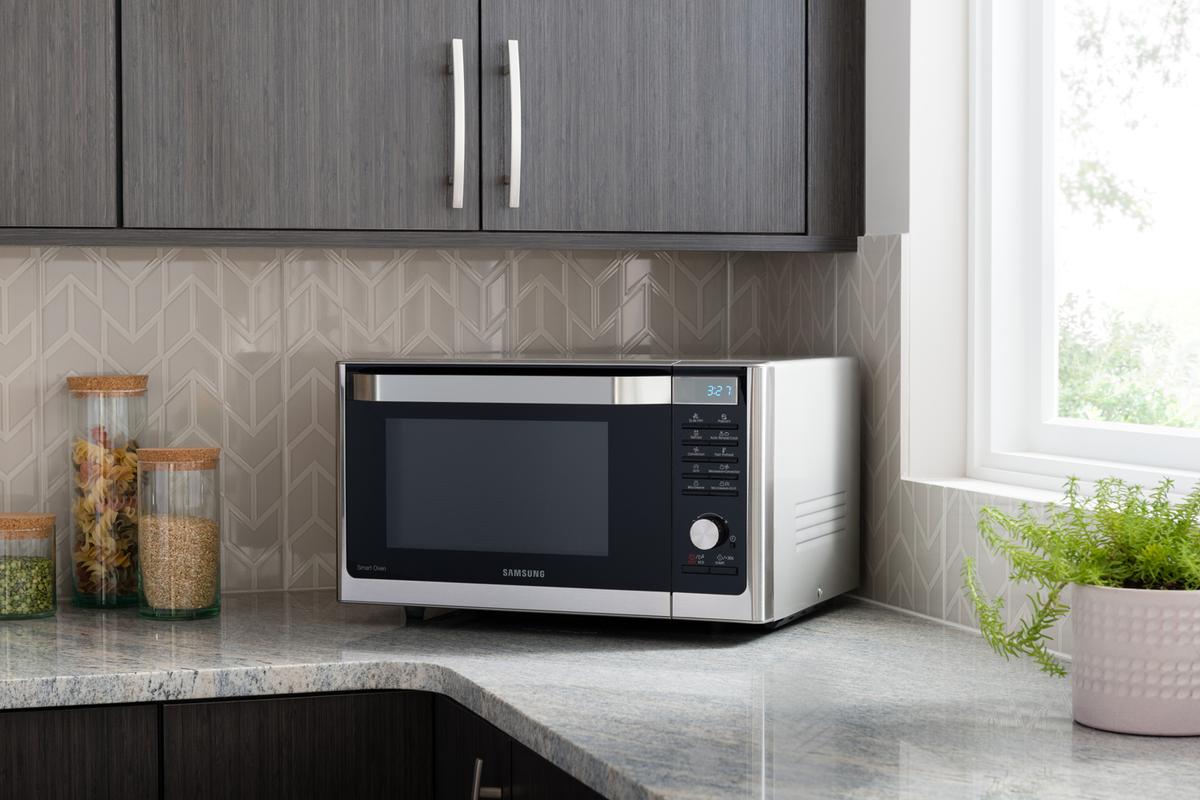It prevents radiation from the appliance reaching our bodies.
The microwave oven is an essential appliance in any kitchen. As its name suggests, it is used to heat food using waves. However, although we normally use it every day and are very familiar with it, the truth is that we are unaware of some of its main features.
You may have noticed that there is a mesh or grille on the door that plays a key role in our safety. To heat food, the microwave uses large electromagnetic waves (12 centimetres), which exceed those of visible light.
As is logical, these waves generate electromagnetic radiation, which could be harmful if it escaped from the microwave. Fortunately, there is a mesh that protects us called a Faraday cage, named after the scientist Michael Faraday, who formulated this principle.
The grille on the door has tiny holes that prevent the passage of electromagnetic waves, stopping them from escaping from the appliance and thus protecting the user. Light waves can pass through, so we can see the food through the closed door while it is heating.
Therefore, the Faraday cage is very helpful and is present in our daily lives. From now on, you will surely look at the microwave door in a different way.

A Faraday cage can save your life in a car
Beyond this appliance, a Faraday cage can be very useful in a car, to the point of saving our lives. This is because a car provides a safe haven during a thunderstorm, preventing lightning from reaching the interior.
The principle states that the electrical discharge is distributed evenly across the entire metal surface, without reaching the interior. In other words, the lightning disperses across the entire exterior surface of the vehicle, conducting itself to the ground and without affecting the passenger compartment in any way.





